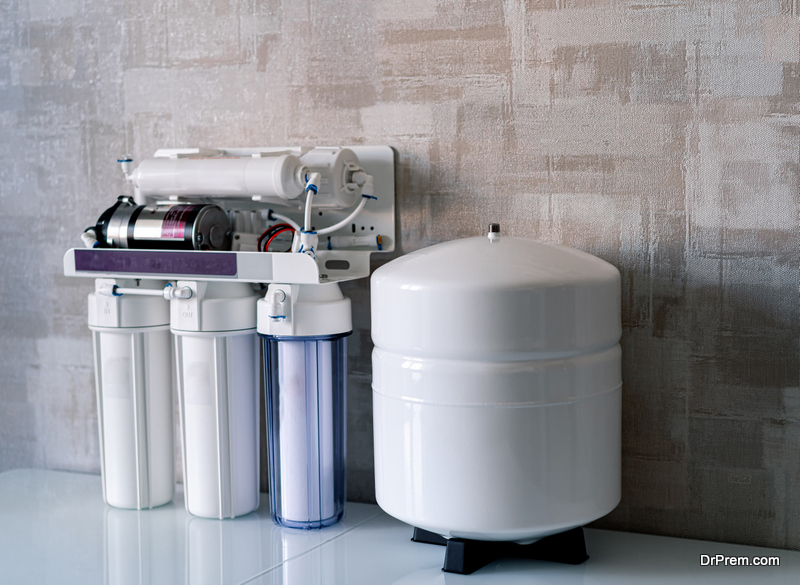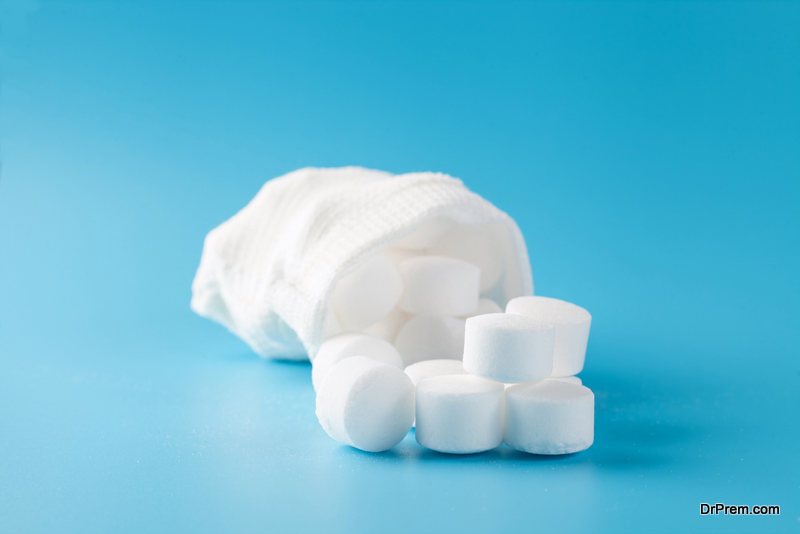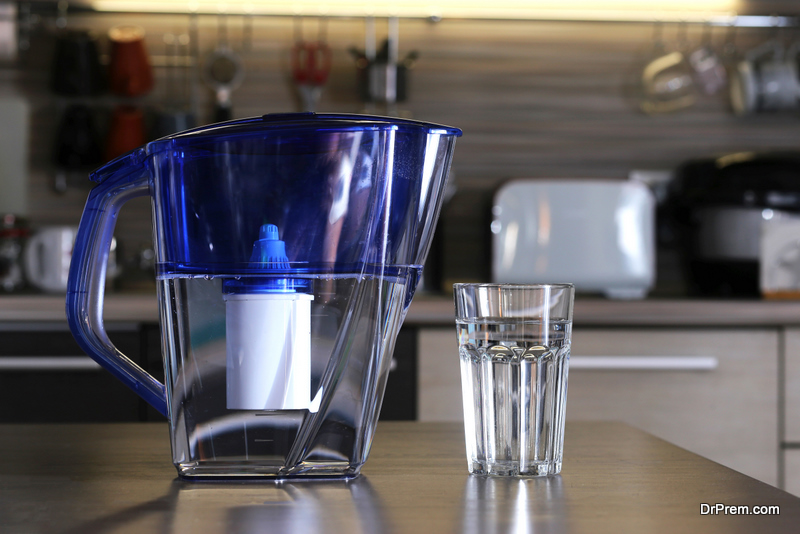Latest studies have proved that there are different contaminants in tap water. It’s surprising to see many people drinking water directly from the tap. What’s more? With the ever-increasing population in urban areas, municipal systems are now finding it challenging to supply clean water to all residents. From rusty pipes, chemicals, and other containments, our health is at risk. Luckily, there are different types of filters available, and many are resorting to different water purification methods.
Check out ways to purity your water:
1. Use a water purifier
 A home purifier works in various ways and comes with many gains. There are different purifies that you can attach to your kitchen sink or faucet and purify your water. You can also acquire a portable water filter and use it at any spot in your home.
A home purifier works in various ways and comes with many gains. There are different purifies that you can attach to your kitchen sink or faucet and purify your water. You can also acquire a portable water filter and use it at any spot in your home.
A water purification system eliminates impurities in your tap water, keeping lead, rust, chlorine, pesticides, and many other contaminants at bay. A home water purifier blocks all the toxins and pollutants, ensuring cleaner and better-tasting water in your home.
How do water purifiers work?
The process uses a semi-permeable membrane where water passes under pressure. The membrane features ultra-fine pores that allow water molecules to pass through. Larger contaminants are blocked out, leaving you with clean drinking water.
2. Sand filtration
Slow sand filtration consists of different layers of sand to eliminate suspended solids. It’s a simple yet effective procedure that you can do at home. Sand filtration requires no equipment or maintenance, making it a cost-effective water purification method.
3. Iodine tablets
 Iodine tablets are useful for eliminating toxins from your water. However, iodine is a chemical and can only be used in the short-term. Put two iodine tablets per quart of water, and allow the solution to sit for a minimum of 30 minutes at room temperature. Shake thoroughly and enjoy clean drinking water.
Iodine tablets are useful for eliminating toxins from your water. However, iodine is a chemical and can only be used in the short-term. Put two iodine tablets per quart of water, and allow the solution to sit for a minimum of 30 minutes at room temperature. Shake thoroughly and enjoy clean drinking water.
4. Solar disinfection
Solar disinfection is a viable option when boiling isn’t possible, and it uses the sun’s rays and heat to purify the water. For great success, use plastic bottles, and don’t fill them completely. Shake before filling the remaining part with water and close tightly. Put the bottles directly to the sun’s rays for about 6-8 hours before use.
5. Boiling
 Boiling is a cost-effective water purification method. It discharges most disease-causing agents like viruses, bacteria, and pathogens. However, it doesn’t eliminate salts, metals, chemicals, and plastic in tap water. To get rid of microplastics in your drinking water, acquire a water filter.
Boiling is a cost-effective water purification method. It discharges most disease-causing agents like viruses, bacteria, and pathogens. However, it doesn’t eliminate salts, metals, chemicals, and plastic in tap water. To get rid of microplastics in your drinking water, acquire a water filter.
6. UV light
UV lights kill harmful bacteria and discharge solid substances from your water. It’s beneficial in water purification and is a healthy way to safe drinking water. The process uses UV filters, which you can acquire from most online stores.
The bottom line
The chemicals, pesticides, and herbicides end up in our water bodies. Drinking this water can pose serious health risks, making it critical to purify your water at home. If you don’t know how to go about the process, consider the tips mentioned above, and enjoy clean water in your home.
Article Submitted By Community Writer




